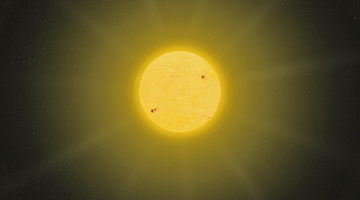Dr Peyman Zawar-Reza, from the University of Canterbury, explains how scientists can help energy companies to predict which areas they should target for further exploration and use for energy farming. He measures wind speed and how often it is windy in a particular area and uses this data to make predictions about how much energy could be generated.
Transcript
DR PEYMAN ZAWAR-REZA
A lot of my work at the moment is trying to help the wind energy industry kind of predict how much energy they are going to get from an hour to day to day basis, which is really vital information. One of the problems with generating energy from wind is that wind is obviously intermittent, and so if you are interested in using energy from the wind, you have to know how much energy you are going to have, the next day or the day after that, an hour from now, two hours from that – this is really vital information. And the energy from the wind is derived almost exactly from the wind speed, so the more wind you have, the more energy you can extract from it. That is also called prospecting, energy prospecting, which is just like oil prospecting. How do we prospect, how do we figure out how much energy we have in the air? Well, we can simulate how wind speed varies over any region of the globe for prolonged periods and then convert those wind speeds into some sort of an energy number, 10 megajoules, this or that, and map these. And then the companies can come and see, for example, the wind speeds aren't really high, energy content isn't very high in the West Coast, so we can forget about that, or it looks really good over Otago, maybe we should explore that region further.
Acknowledgements:
Kwerdenker


